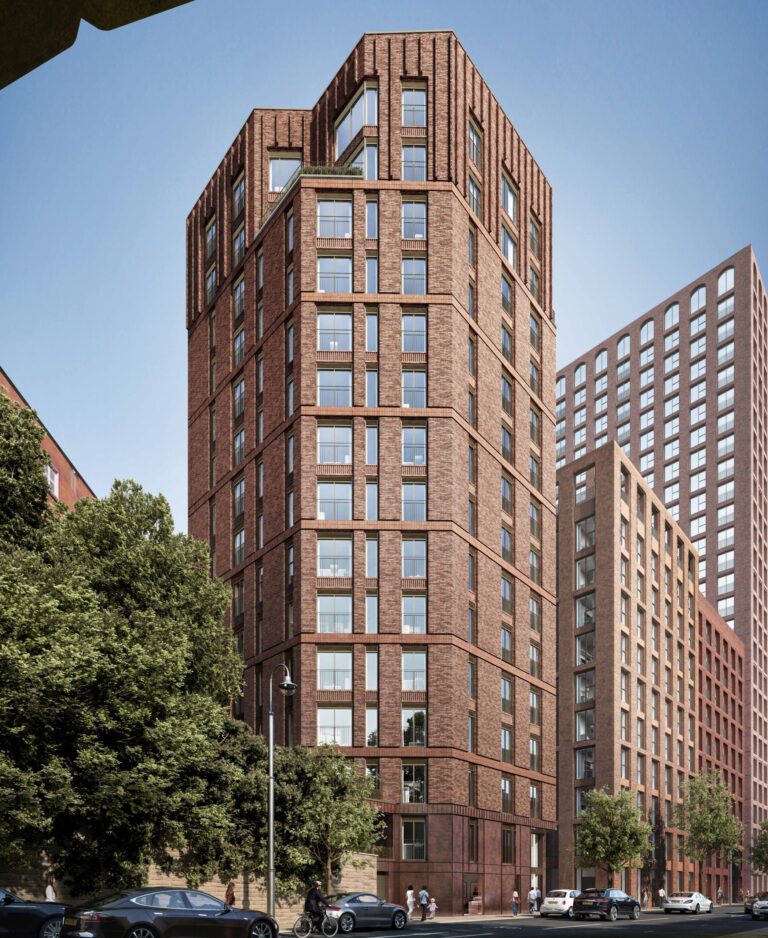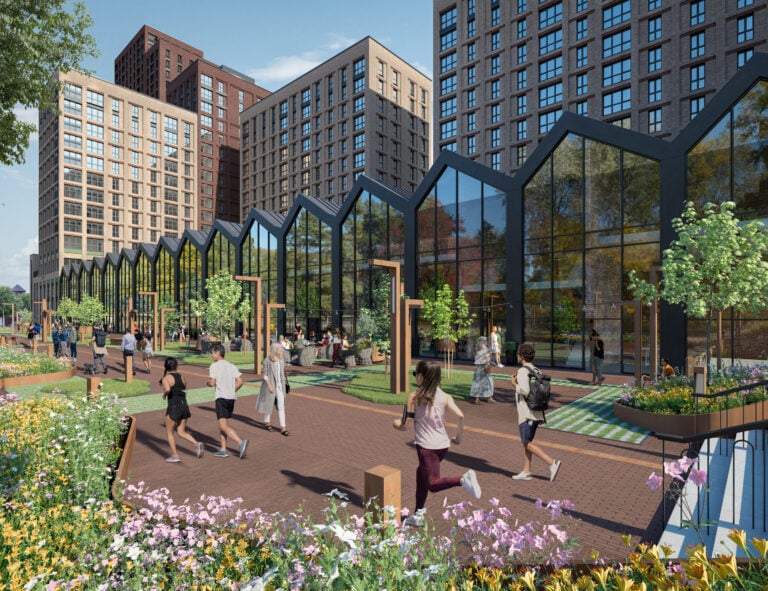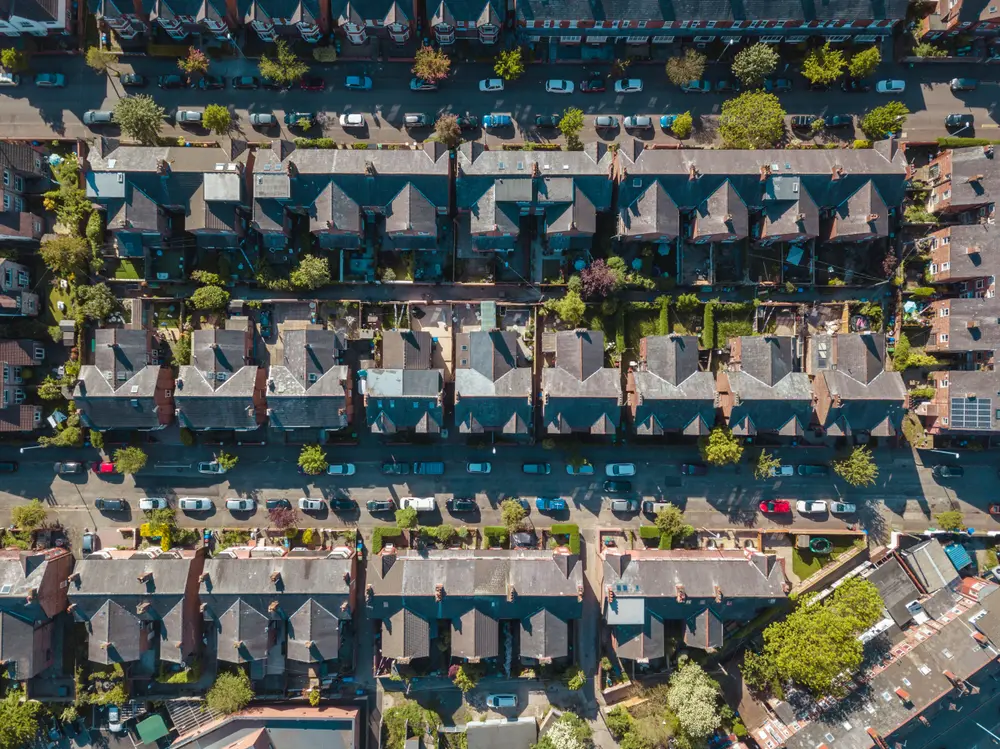Latest survey shows buy-to-let investors are sticking with medium-term deals as predictions for deeper cuts in the base rate are scaled back.
Earlier this year, many landlords expected a swift return to the ultra-low rates that prevailed between 2009 and 2021. Those hopes have been steadily dampened as inflation has proved far stickier than anticipated and the Bank has adopted a more cautious stance.
It has cut rates five times since August 2024, from a peak of 5.25% to 4%, but held steady at the last meeting of its Monetary Policy Committee.
As speculation builds over what the base rate’s future trajectory might look like, buy-to-let landlords are electing to stick with five-year fixed mortgage deals.
Data from specialist lender Landbay found 57% of them are now choosing a five-year fixed rate when remortgaging. That’s down from 71% last year, but shows most still prefer medium-term certainty over waiting for the possibility of another small rate cut at an unspecified future date.
Capital Economics, which had forecast steeper falls, now predicts the base rate will only hit 3% sometime next year, HSBC expects no further cuts until April 2026, and Investec thinks rates will stay at 4% until February.
Rob Stanton, sales and distribution director at Landbay, says: “While the data has shown an increase in interest around tracker mortgages as some landlords look to ride the wave of potential interest rate cuts, the overwhelming majority continue to favour the stability and certainty of a fixed-rate mortgage.”
Modest shift to shorter terms
Interest in two-year fixes has grown to 29% from around 20% in 2024, suggesting that a few landlords want to build in a bit more flexibility.
Interest in trackers, which will provide an immediate benefit from any base rate reductions, has grown from 3% to 8%. Back in 2023, however, when cuts looked both imminent and substantial, 14% of landlords were choosing them.
Landlords’ appetite for ultra-long seven- or 10-year deals remains low at 6%, indicating they expect rates to fall more substantially over the medium to long term and so are unwilling to lock themselves in for such extended periods.
Bigger portfolios favour certainty
The preference for five-year deals is strongest amongst the larger landlords. Those landlords are more exposed to base rate fluctuations and so prefer fixing their costs rather than gambling on any future changes.
Of those choosing five-year deals, 29% are portfolio landlords with four to 10 properties, while 26% own between 16 and 30 properties, and the majority are based in London and the South East.
Mortgage rates continue to come down
Because of the base rate cuts, the average five-year fixed rate has fallen from 5.49% in February to 5.09% in August. But this is well above the sub-3% levels available before the 2022-23 rate rises.
However, as mortgages are based not just on the current base rate but also market expectations over where they are headed (swap rates) and competition between lenders, buy-to-let mortgage rates are continuing to drift downwards, albeit by only small increments.
But for landlords coming off five-year deals struck at ultra-low rates, the adjustment will be painful, with many facing double their previous monthly mortgage payments.










